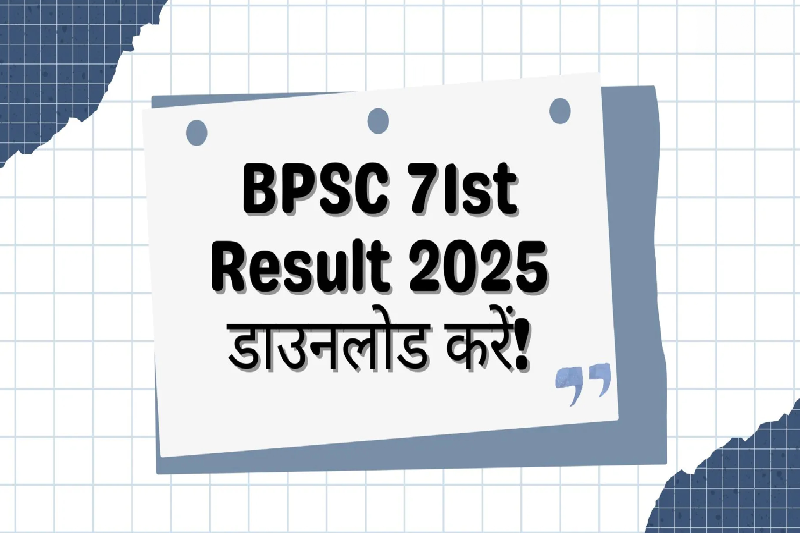
UNESCO Flags Gender Gap in STEM: Women Only 35% of Graduates, Just 26% in AI Workforce
Despite global advancements in education and digital technology, women remain significantly underrepresented in science, technology, engineering, and mathematics (STEM). According to UNESCO’s Global Education Monitoring (GEM) team, women make up only 35% of STEM graduates worldwide, with minimal progress over the past decade. The situation is even more stark in specialized digital domains such as Artificial Intelligence (AI), data science, and cloud computing, where female representation is critically low.
Persistent Gender Gap in STEM Education and Workforce
Between 2018 and 2023, women consistently made up only 35% of STEM graduates globally, which has remained stagnant despite increased educational access. The underrepresentation continues into the workforce:
- Only 26% of the global data science and AI workforce is female
- 15% of engineers are women
- Just 12% of cloud computing professionals are women
These statistics, released in UNESCO’s recent advocacy brief, reflect a systemic imbalance that hinders gender parity in emerging and influential sectors.
Key Barriers: Low Confidence, Stereotypes, and Systemic Bias
The GEM team identifies several interlinked factors that limit girls' participation in STEM from an early age:
- Mathematics anxiety among girls, often despite good academic performance
- Persistent gender stereotypes about “male” and “female” subjects or careers
- Lack of visible female role models in technical and engineering fields
In the European Union, for example, only one in four women with a degree in information technology entered digital occupations, compared to over half of male graduates, highlighting a drop-off even among qualified women.
Lack of Targeted Policies for Girls in STEM
While 68% of countries worldwide have STEM education policies, only half of these explicitly address girls or women. This omission contributes to the continuation of gender disparities, as general policies fail to account for gender-specific challenges and biases.
UNESCO’s Advocacy Brief: Solutions to Close the Gender Gap
To address these challenges, the GEM advocacy brief outlines several actionable strategies:
1. Gender-Responsive Career Counselling
Countries are urged to:
- Introduce gender-sensitive career orientation programs in schools
- Train teachers and counsellors in gender-responsive guidance
- Involve parents in encouraging girls to pursue non-traditional career paths, free from biased expectations
2. Early Intervention in Primary Schools
- Teachers should use gender-neutral language when teaching STEM
- Provide girls with early, hands-on exposure to STEM activities
- Invite female STEM professionals to speak to young students
3. Mentorship and Role Models
The presence of visible female professionals in STEM fields is crucial. Schools and communities should:
- Create STEM clubs led by female students and mentors
- Partner with local businesses to connect girls with women in STEM
- Support mentorship initiatives that help retain women in STEM careers, particularly in male-dominated and sometimes hostile environments
Improving the Culture of STEM Workplaces
UNESCO’s report notes that even when women enter STEM careers, they often face workplace environments that are not welcoming or inclusive. The report recommends:
- Cultural changes in STEM organizations to foster gender inclusivity
- Inclusion of female mentors in workplaces to support younger employees
- Reducing biases in hiring and promotion processes in technical fields
Enhancing Digital Competence for All Learners
To bridge the gender gap in emerging digital fields, UNESCO advocates for:
- Developing a framework of digital competencies for all students, regardless of gender
- Integrating digital literacy into early education
- Reviewing learning materials for gender bias, particularly in how STEM careers are portrayed
Conclusion: A Call for Coordinated Global Action
The underrepresentation of women in STEM—and especially in fast-growing sectors like AI and cloud computing—represents not just a gender equity issue, but a critical loss of talent and diversity in problem-solving and innovation.
UNESCO’s GEM team emphasizes that bridging the gap requires multi-layered intervention: from policy reforms and teacher training to workplace transformation and parental involvement. Without bold and inclusive action, the digital revolution risks becoming yet another domain where women are left behind.
As the world moves deeper into a tech-driven future, empowering girls and women in STEM is not just desirable—it is essential.



